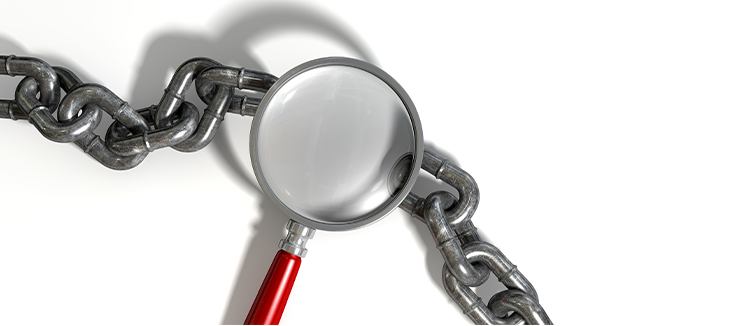Many medical devices are used to serve similar functions, so it can sometimes be difficult to tell them apart. Transesophageal Echocardiogram ultrasound probes (TEE probes) and Endoscopes are great examples. Additionally, since these can even look alike, it can be easy to assume that they can be cleaned and disinfected in the same manner. These assumptions, however, can lead to improper disinfection which can, in turn, lead to unsafe outcomes for patients and end users. So what are the big differences?
Functionally, the two devices are really rather different. An endoscope can have a tiny camera mounted on a long shaft, giving a technician an actual video or photographic image of a person’s esophagus and beyond. A TEE probe takes ultrasound images and is specifically meant to monitor the heart. Endoscopes also serve other purposes. Some are able to take tissue samples from a person for further analysis. Many endoscopes are able to shoot small jets of air or water within the patient. TEE Probes do not have any of these additional functions.
As a result, endoscopes have a far more involved cleaning process, requiring the tubing within the shaft to be cleaned and flushed, among other things. TEE probes, however, are of a simpler design and can be manually cleaned with a sponge or similar device before being manually soaked and then high-level disinfected.
Because they serve different purposes and have different designs, it is critical that these devices are cared for and maintained in the way specified by their respective manufacturers. Just because they look the same does not mean that the same procedures can be followed to clean and disinfect both devices. Doing so can lead to improperly disinfected devices and increases the risk of giving the patient a healthcare-acquired infection (HAI). It can also lead to increased costs for your facility as these devices are easily damaged when cleaning and disinfection processes do not meet manufacturer specifications.
One of the biggest differences between a TEE probe and an endoscope is related to the cleaning and disinfection process. An endoscope is meant to be entirely submerged in disinfectant solution and other liquids without being damaged. TEE probes would be severely damaged if this were to happen. TEE probes can only have their shafts submerged in liquid; the handle must always stay dry.
Before cleaning or disinfecting any device, particularly when using automated disinfectors, do your homework. Be sure to contact your device’s manufacturer to ensure best practices are carried out in your facility.


